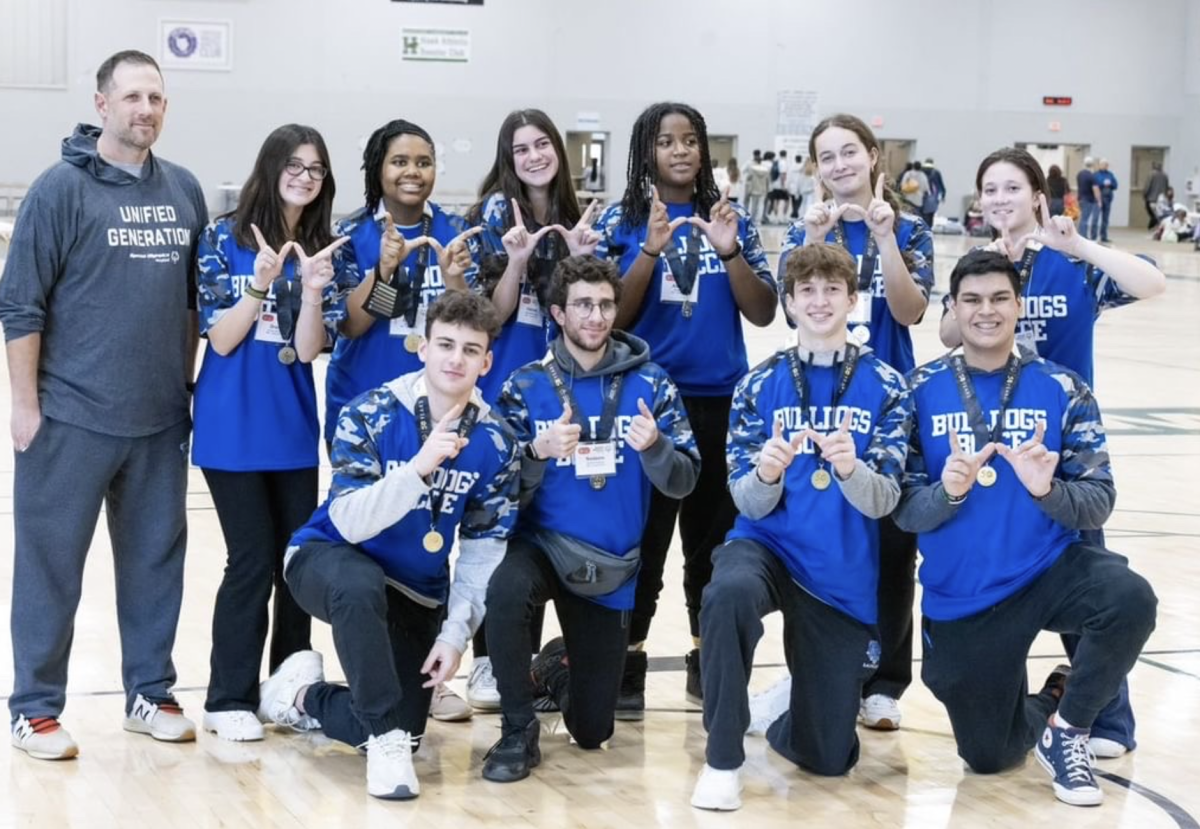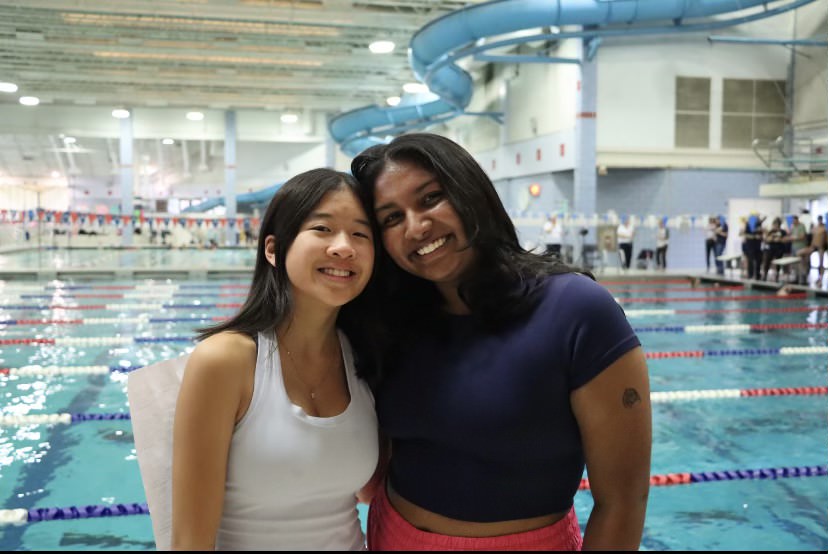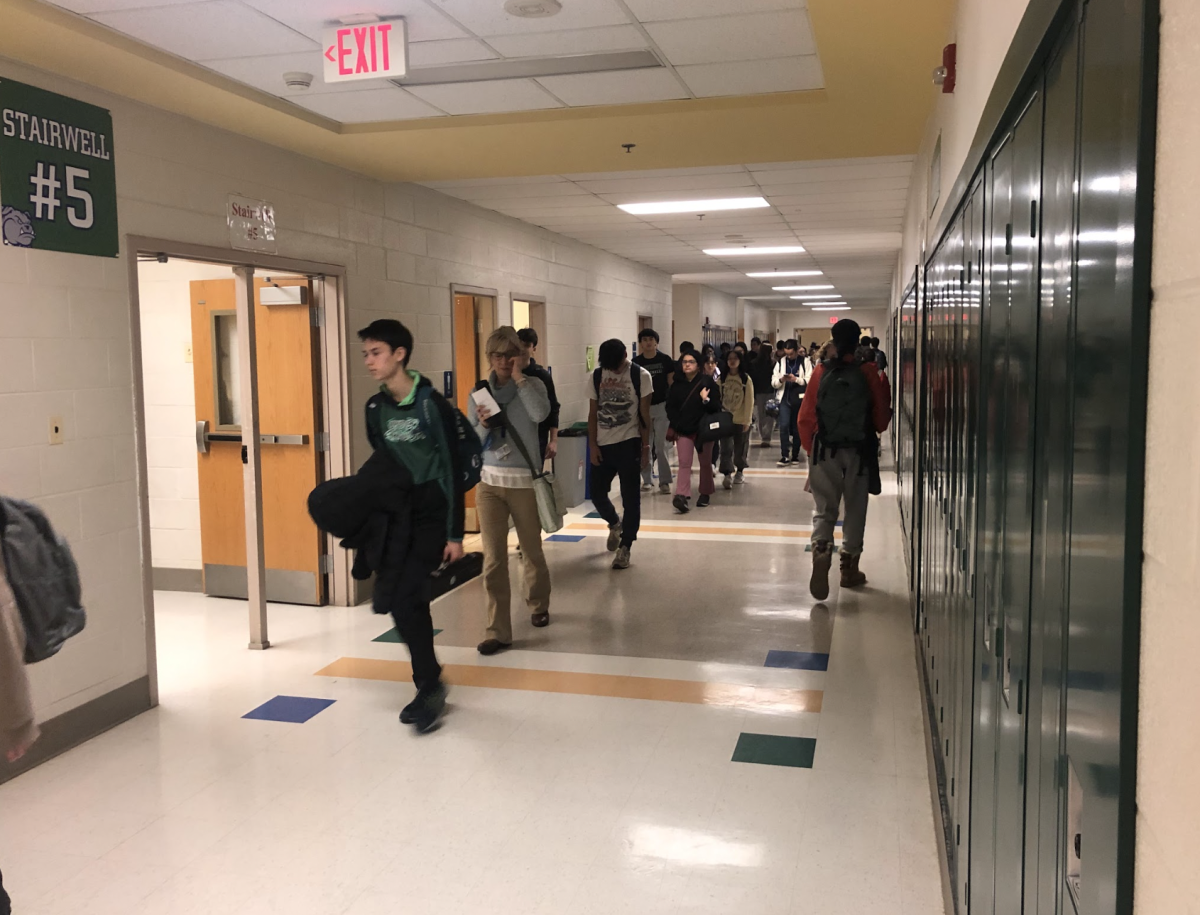Despite Maryland’s ranking as the number one state for public education for the fourth consecutive year, its large achievement gaps have recently been brought to attention.
After Education Week came out with the state rankings for public education Jan. 11, 2011, the Maryland Campaign for Achievement Now (MarylandCAN) emphasized the inequalities in public schools in the 2012 State of Maryland Public Education Report, based on results from the 2011 National Assessment of Educational Progress, a federally administered national test.
“The achievement gap is a gap in performance between groups that have been historically underserved, such as African-American and Hispanic students, and other students, such as those that are Caucasian or Asian,” MCPS spokesperson Dana Tofig said.
Educators analyze standardized test scores to determine the severity of the gap.
According to Curtis Valentine, founding executive director of MarylandCAN, Maryland has the second largest achievement gap in America when comparing eighth grade math scores of African-American and Caucasian students. The gap is reflective of the inequalities that exist in counties across the state, including Montgomery County.
“Certainly, we see an achievement gap in our test results, although we are closing the gap in several critical areas, including early grade reading and mathematics,” Tofig said.
According to Valentine, gaps in achievement start at a young age, before many children even enter school.
“Closing the gap begins in pre-Kindergarten,” Valentine said. “The more children we get into quality early childhood development, the more children we will have who are reading on grade level by grade three. MarylandCAN is advocating for universal pre-K for every 4 year old in Maryland this year to make sure gaps do not begin in the first place.”
According to Valentine, the gap is problematic because of its potential short-term and long-term effects on communities.
“By 2018, Maryland will not have the man and woman-power to fill the middle-level and high-level skill jobs we are creating in our state,” Valentine said. “Achievement gaps are everyone’s concerns, even those who do not have school-aged children.”
According to Valentine, home and school communities should take action to reduce the gaps.
“We need to help parents get more involved in their child’s education by reducing barriers to their environment,” Valentine said. “We need to create an environment that stresses innovation and flexibility in the classroom.”
MCPS and CHS are also taking initiatives to close the gaps.
“There is not one strategy that closes the gap, but consistent dedication to research-based, effective strategies,” Tofig said.
According to Tofig, there is still much work to be done in the county to close achievement gaps.
“We have to believe that every child is going to learn,” Principal Joan Benz said. “You always have to take a person from where they are and then move them forward. The gap itself is an indicator of where we need to spend our time and energies as far as being sure everybody has the same opportunity.”







